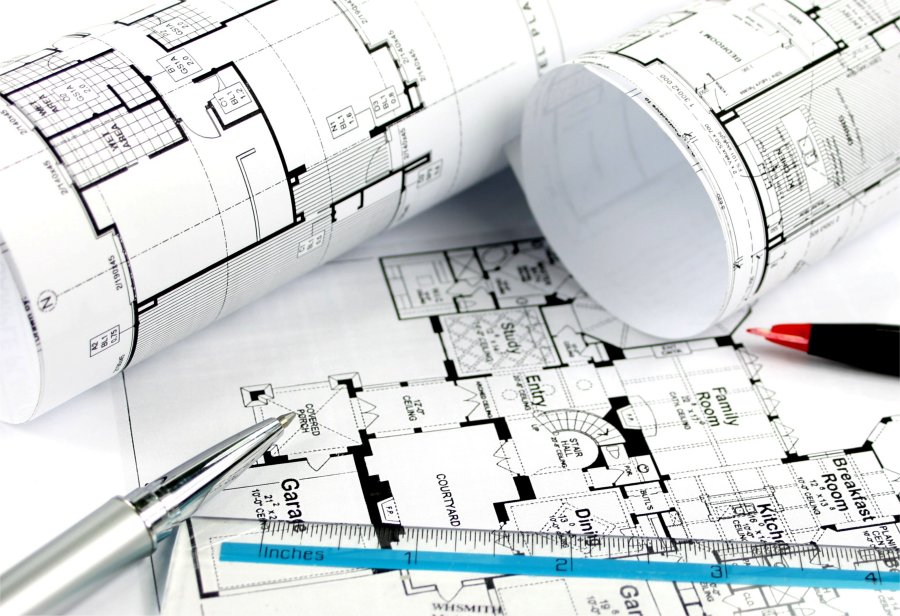The Royal Institute of British Architects (RIBA) has published the latest Future Trends survey results, a monthly report of the business and employment trends affecting the architects’ profession.
In August 2021 the overall RIBA Future Trends Workload Index remained in strongly positive territory, returning a balance figure of +18. The fall in the overall balance figure is solely due to fewer practices expecting workloads to grow in the coming three months and more expecting them to stay the same. The proportion expecting workloads to decrease (9%) is the same this month as last.
For the sixth successive month, all regions expect workloads to grow over the next three months. Optimism in London has moderated, with a balance figure of +12, down 5 points from July’s figure of +17. While this is the sixth successive month of confidence in the capital, it is the second month of a falling balance.
Optimism in the South of England has fallen back 13 points to +20 after July’s sharp rise to +33. Expectation about future workloads is strong but falling in all other regions. The Midlands & East Anglia has posted a balance figure of +17, down 10 points, the North of England +26, also down 10 points. Wales and the West has fallen 15 points, from +28 in July to +13 in August.
In August, workloads were 7% up on a year ago and all regions and practice sizes remained confident about future prospects.
Our members report that shortages of construction materials continue to disrupt project delivery, as does a growing lack of on-site fitters and skilled tradespeople. Construction cost increases are gathering pace.
The outlook of small practices (1 – 10 staff) continues to be optimistic but has again fallen back to +16, an 8 point reduction from July’s +24. Confidence among large and medium sized practices (11 – 50 and 51+ staff) remains very strong at +36, but has fallen again from July’s figure of +47.
While the private housing and commercial sectors remain positive, work in both the public and community sectors is expected to contract. In August, the private housing sector posted a balance figure of +21; still historically strong but down 6 points from last month’s figure of +27. The commercial sector dropped a single point this month to +10. In August the public sector fell into negative territory with a balance figure -2. Promises of public sector capital investment have yet to translate into current or anticipated work for architects. With a balance of -4 in August, it has been 18 months since the community sector posted a positive figure.
In terms of staffing:
- Whilst positive at +7, the RIBA Future Trends Permanent Staffing Index fell back by 6 balance points in August from the previous month’s figure of +13.
- 11% (down by 7%) of practices expect to employ more permanent staff over the coming three months, whilst 4% expect to employ fewer, down by 1% from July. 85% (up 8%) expect staffing levels to stay the same over the coming 3 months.
- Personal underemployment stayed the same as July at 16%.
RIBA Head of Economic Research and Analysis, Adrian Malleson, said: “Overall, the August Future Trends survey continues to show broad-based confidence amongst the profession, however, confidence is softening across the board.
“In part, the outlook is settling following the surge in optimism that followed the lifting of Covid-19 restrictions and the successful vaccination programme. Nevertheless, architects face numerous challenges which together are somewhat dampening expectations about future workload. These challenges include the ongoing effects of the pandemic, the current trading relationship with the EU, and shortages of materials and tradespeople.
“Commentary from practices this month highlights the recurrent issues of construction product shortages and associated prices rises, planning application delays, cost increases (particularly Professional Indemnity Insurance) and pressure on fees.
“There are significant positives, however. Many practices are continuing to report increasing workloads, a full pipeline of projects, and staff being recruited to meet demand. Personal underemployment is low, workloads are up on last year, and growth is expected to continue.
“RIBA is reporting findings to government and working with other bodies in the built environment to monitor ongoing trends. We continue to be on hand, providing support and resources to our members.”




